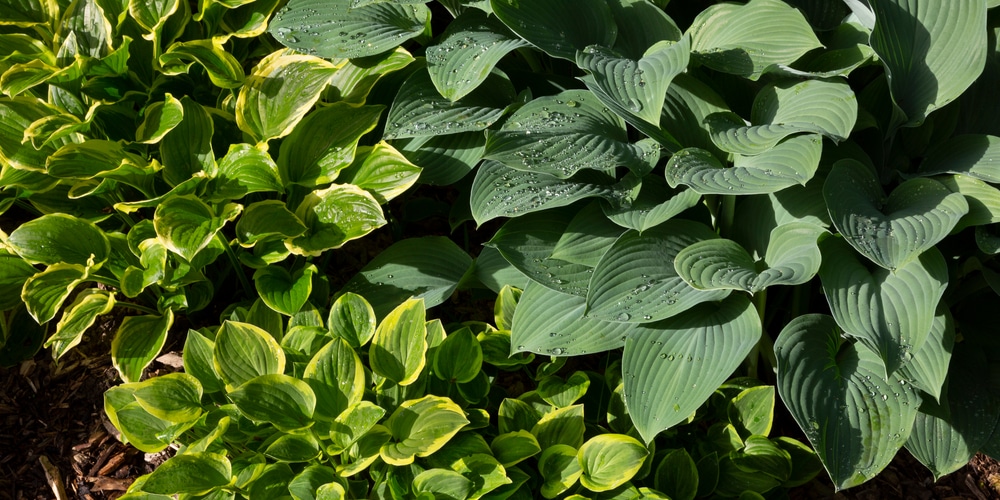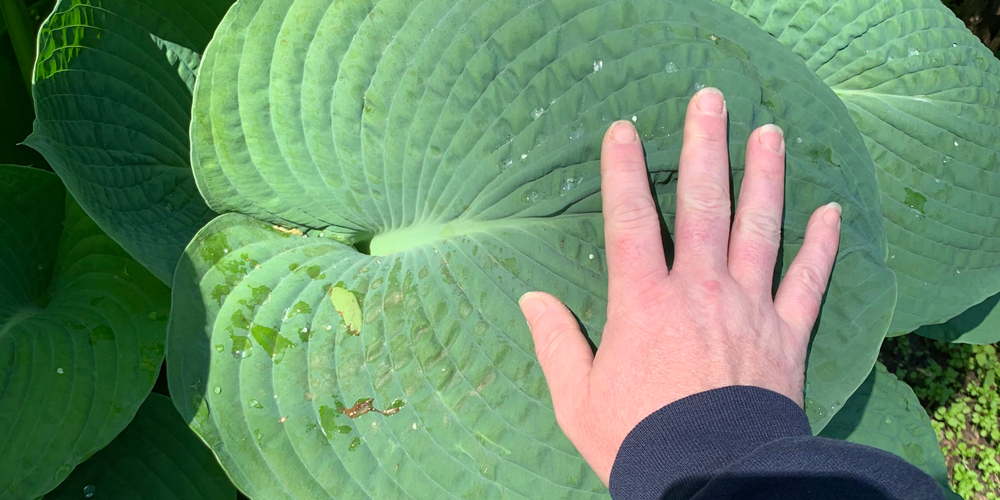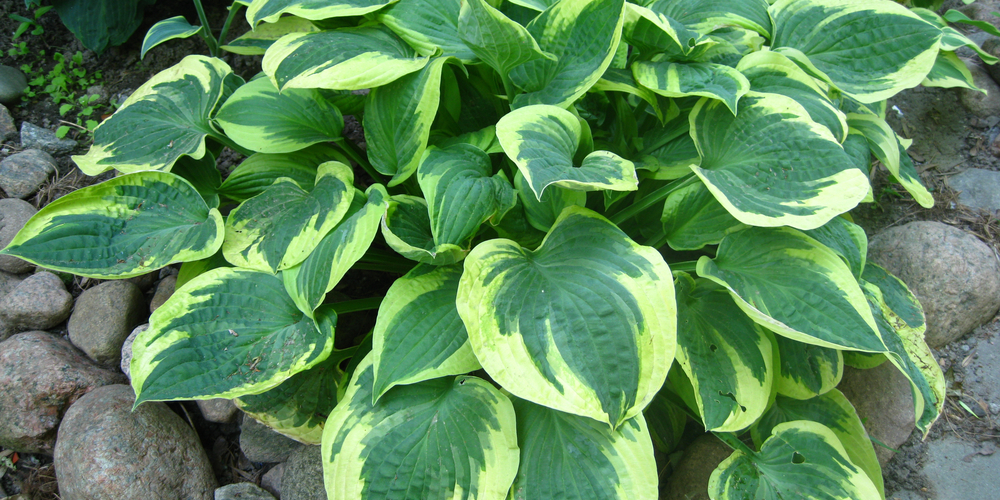Hostas are hardy perennials perfect if you need to add a splash of green to your garden. They perform well under the shade, making them the ideal option to fill not well-lit spaces in your yard. Almost all types of hosta need a period of cold and wet weather, making it more challenging to grow them in warm desert regions. This essential guide includes the types of hostas for zone 9 we recommend. You can successfully grow them in your garden, even when temperatures get warmer than usual.
Indeed, most hostas thrive in USDA hardiness zones between 3 and 8. Most hostas need a minimum of 30 hours of dormancy at temperatures below 40F to survive. But, if you live in zone 9 and love these plants, there is no need to worry. The good news is that you can also find varieties suitable for your region with lower dormancy requirements.

Of course, you must ensure to meet your plants’ requirements to have them thrive in your garden. By following our tips and recommendations, we are sure you won’t have problems growing hostas in zone 9.
Growing Hostas
Before we get started on our list of hostas for zone 9, it might be a good idea to go over what these plants need to survive. For starters, they love the shade. Avoid placing them under full sun, as they might suffer from sunburn and eventually die. Plus, don’t forget to space your plants out.
Under optimal conditions, hosted are easy-to-grow perennials that might outlive their gardeners! These plants are mainly known for their lush and attractive foliage. You may not know that they also produce flowers in the summer. You can find varieties in different colors and shapes. Pollinators such as bees and hummingbirds love hostas’ flowers: adding these plants to your garden will for sure make it more lively.
Don’t forget to keep the soil moist but avoid getting your plants too much. Add mulch around your hostas to retain moisture, especially if you live in a dry region. However, be aware of slugs, which might thrive in these conditions. Apply a slow-release fertilizer in the spring to boost your plant’s growth.
Heat Tolerant Varieties Suited to Zone 9
It might be more challenging to find hostas with low dormancy requirements, but that shouldn’t stop you from adding them to your zone 9 gardens. To explore some of our favorite types of hostas that do well in warm conditions, keep reading.
Carolina Sunshine
Carolina Sunshine hostas are medium-sized perennials that display glossy, long, variegated green and yellow leaves. Their bright contrast makes for a perfect backdrop to your garden, especially if you have plenty of flowers. The plant adapts to various soil conditions.
However, for better results, consider slightly acidic to neutral conditions. The plant is easy to grow and works well even in containers if you don’t have a shady corner in your yard.
Crested Surf Hosta
If you like hostas with variegated leaves, you’ll love the Crested Surf. Its delicate but large leaves, with their creamy-white borders, make this plant an elegant addition to any garden. Plant it under the shade to maintain your plant healthy. These plants burn easily.
However, you won’t have to worry too much about keeping them moist: crested surf hostas do best in dry conditions. You may have to wait between two to five years for your hosta to mature and reach full size.
Guacamole Hosta
This medium-sized hosta is well suited to zone 9 conditions. It has glossy bright green leaves with dark green borders. This hosta takes its name from the foliage color, which resembles the traditional dip we all love. Plus, this plant has a higher sun tolerance than most other varieties, making it the ideal choice if you don’t have shady spots in your garden.
Rippled Honey
The ripple honey hosta is a hardy dark green variety with elegant rippled margins. Its fragrant purple flowers attract hummingbirds and bees to your garden.
Fried Banana Hosta
Fried Banana Hostas are dense perennials with medium-green leaves that provide beautiful texture and contrast to any garden. If you live in zone 9, you won’t have to worry too much about protecting it from hot temperatures. Plus, it adapts to various soil conditions.

